
Jerusalem artichokes — also known as sunchokes, wild sunflowers or sunroot — can easily be mistaken for a common sunflower at first glance. But these plants native to every coastal U.S. state (no, not Jerusalem) are edible beyond the seeds and grow perfectly in Maricopa’s arid climate.
While the Jerusalem artichoke and sunflower are both members of the Helianthanus genus, the Jerusalem artichoke is grown for its bright yellow flowers and edible tuber. These plants produce clusters of daisy-like flower heads on stalks that can reach 10 feet tall and five feet wide, giving the appearance of a large bush. As a bonus, the Jerusalem artichoke is a low-maintenance perennial plant that’s hardy in the Maricopa desert.
Safe for pets and wildlife, the stalks and flowers are used for grazing animal feed while the flowers support bees, butterflies and birds. They’re usually grown from tubers but it’s possible to grow them from seeds, although that could decrease tuber production in the first growing season. The Jerusalem artichoke can proliferate as the tubers spread out and the stalks compete with neighboring plants, but their size can be easily managed by removing the tubers.
These full-sun-loving plants grow well in Arizona and can improve the compacted soils we find in our yards and gardens. Jerusalem artichokes thrive when organic compost or fertilizer and enough water are provided to bloom and produce those sought-after tubers. While many plants struggle with the summer sun, these flowers provide a pop of color and bloom all summer long. Jerusalem artichokes can also be grown in containers as long as the plants have adequate room for the tubers to spread.
As winter weather moves into the valley, the Jerusalem artichokes begin to die back, signaling the tubers are ready for harvesting. The flesh can be eaten raw or cooked potato-style in an array of dishes. High in inulin and iron — but with a low glycemic index —the Jerusalem artichoke is a healthy vegetable that everyone can enjoy.
Amanda Rice is a resident of Maricopa and a Pinal County Master Gardener volunteer.
This story was first published in the September edition of InMaricopa Magazine.


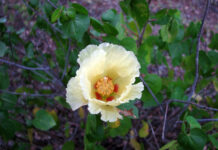

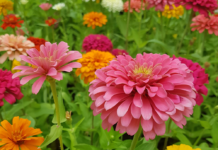

![Cacti in the Valley Sonoran Desert National Park [Brian Petersheim Jr.]](https://www.inmaricopa.com/wp-content/uploads/2023/12/BPJ_6963-218x150.jpg)
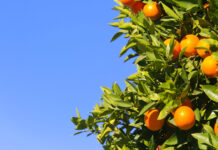
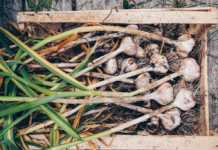
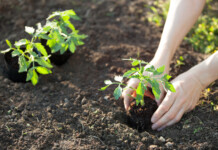
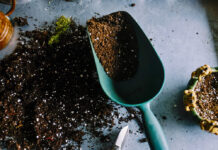

![Alleged car thief released without charges Phoenix police stop a stolen vehicle on April 20, 2024. [Facebook]](https://www.inmaricopa.com/wp-content/uploads/2024/04/IMG_5040-218x150.jpg)





